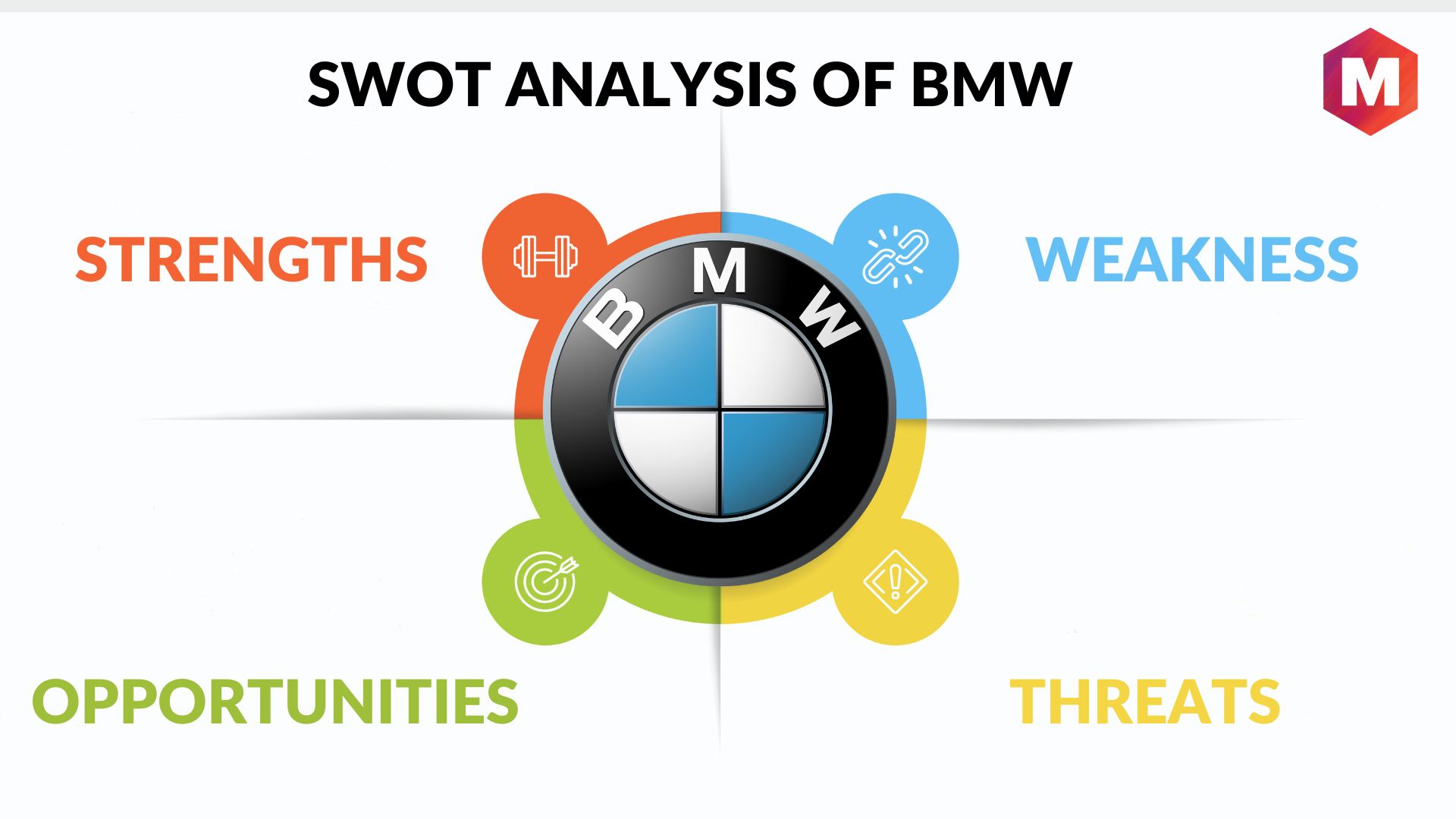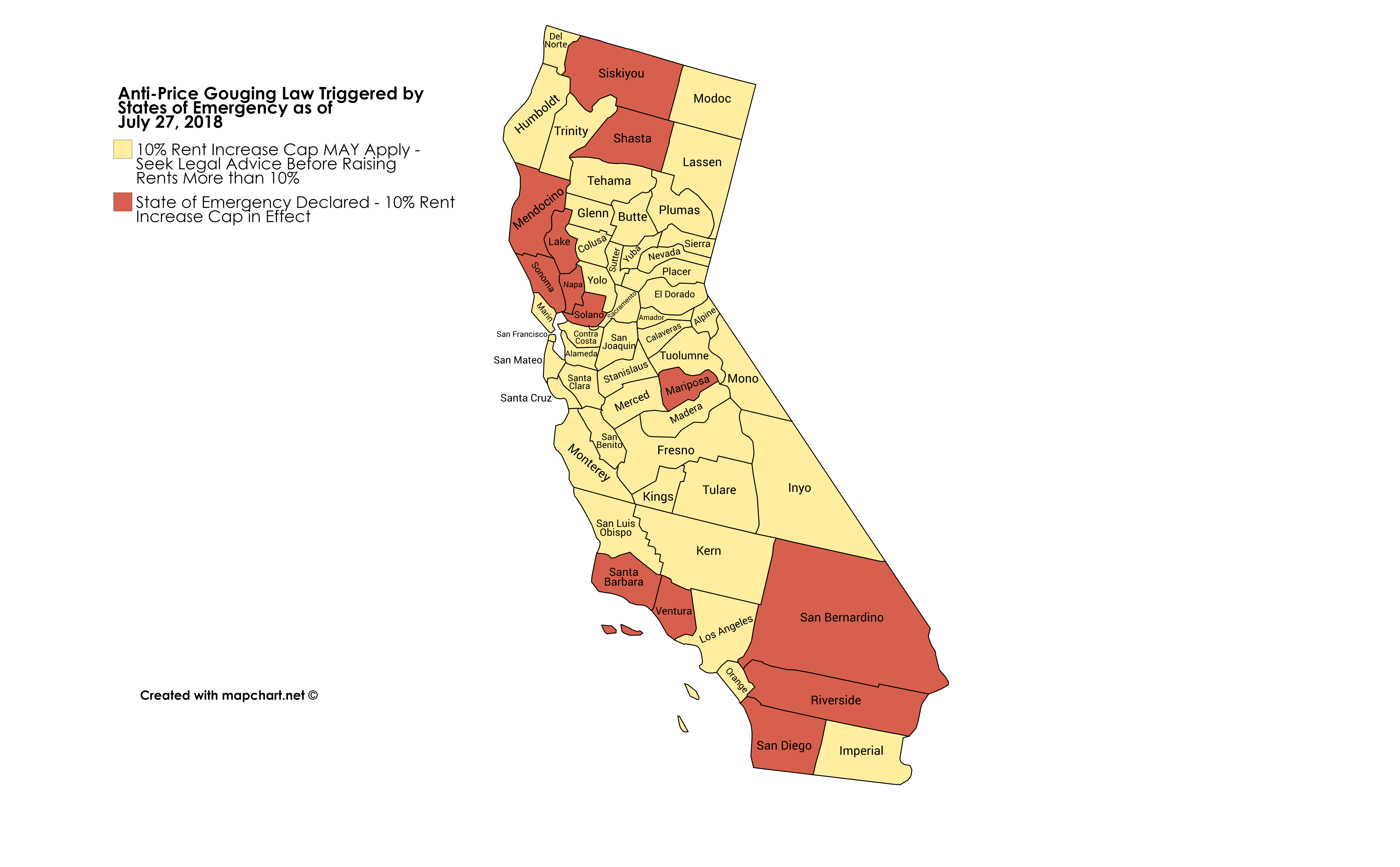China Market Analysis: Case Studies Of BMW, Porsche, And Other Auto Brands

Table of Contents
The Unique Dynamics of the Chinese Automotive Market
The Chinese automotive market is unlike any other, presenting a complex interplay of factors that significantly impact success.
Market Size and Growth
The sheer scale of the Chinese automotive market is breathtaking. It consistently ranks as the world's largest, with millions of vehicles sold annually. This enormous market size is further amplified by projected growth, making it a crucial focus for global automakers.
- Vehicle Sales: Annual sales figures consistently exceed those of other major markets, showcasing robust demand.
- Market Segmentation: The market is highly segmented, encompassing luxury cars, mass-market vehicles, and a rapidly expanding electric vehicle (EV) sector. Regional variations in consumer preferences and economic conditions further complicate the landscape.
- Regional Variations: Significant differences exist between urban and rural markets, coastal regions and inland provinces, impacting product demand and distribution strategies.
Consumer Preferences and Trends
Understanding Chinese consumer preferences is paramount for success. Brand loyalty, while present, is often less entrenched than in other markets. Technology adoption is remarkably rapid, with consumers embracing cutting-edge features and connected car technologies. Furthermore, growing environmental concerns are driving demand for electric vehicles and fuel-efficient options.
- SUV Popularity: Sport Utility Vehicles (SUVs) remain extremely popular across various market segments, reflecting a preference for spaciousness and practicality.
- Technological Features: Consumers highly value advanced driver-assistance systems (ADAS), infotainment systems, and connectivity features.
- Social Media Influence: Online reviews and social media significantly influence purchase decisions, highlighting the importance of digital marketing strategies.
Government Regulations and Policies
Government regulations and policies play a significant role in shaping the Chinese automotive industry. Emission standards are becoming increasingly stringent, pushing manufacturers towards electrification. Subsidies for electric vehicles stimulate the EV market, while import tariffs impact pricing and competitiveness.
- Made in China 2025: This initiative promotes domestic technological advancement and influences the adoption of local components and technologies.
- Emission Standards: Stringent emission regulations drive the need for cleaner vehicles and advanced powertrain technologies.
- Electric Vehicle Subsidies: Government incentives for electric vehicle purchases significantly boost market demand.
Case Study: BMW's Strategy in China
BMW has established a strong presence in the Chinese market, leveraging a combination of successful strategies and adapting to evolving challenges.
Successes and Challenges
BMW's success stems from strong brand recognition, localized production facilities, and a comprehensive dealer network. However, challenges include intense competition from domestic brands, evolving consumer preferences, and navigating complex regulations.
- Localized Production: Manufacturing vehicles locally helps BMW reduce costs and respond more effectively to local demands.
- Brand Recognition: BMW's established luxury image resonates strongly with Chinese consumers.
- Competitive Landscape: Domestic brands are increasingly competitive, offering attractive alternatives.
Key Strategies for Success
BMW’s success in China hinges on several key strategic elements:
- Product Localization: Adapting models to suit specific preferences within the Chinese market, including features and design elements.
- Marketing Campaigns: Tailoring marketing messages to resonate with Chinese consumers through culturally relevant channels.
- Dealership Network: Investing in a robust and well-distributed network to ensure accessibility and customer service.
Case Study: Porsche's Approach to the Chinese Market
Porsche strategically targets the luxury segment, focusing on high-net-worth individuals who appreciate its brand heritage and performance.
Targeting the Luxury Segment
Porsche’s sales figures in the luxury segment demonstrate a consistent success within this niche market. This success is driven by its strong brand image and effective marketing strategies aimed at affluent consumers.
- Brand Image: Maintaining a strong brand image synonymous with luxury, exclusivity, and performance.
- Marketing to Affluent Consumers: Porsche's marketing efforts are tailored to reach high-net-worth individuals, emphasizing lifestyle and exclusivity.
Maintaining Brand Exclusivity
While expanding its market share, Porsche carefully manages its growth to maintain brand exclusivity and prestige.
- Prestige Management: Implementing strategies to avoid oversaturation and maintain the perception of exclusivity and desirability.
- Controlled Expansion: Strategic growth initiatives that do not compromise the brand’s image or dilute its appeal.
Other Notable Auto Brands in China: A Brief Overview
Volkswagen, Tesla, and numerous other auto brands compete fiercely in the Chinese market. Each employs distinct strategies, highlighting the diverse approaches needed to succeed. While some focus on localization and mass-market appeal, others target niche segments. Success and failure often hinge on adapting to the unique demands of this dynamic market.
- Volkswagen China: Volkswagen's long-standing presence and extensive localized production contribute to its strong market share.
- Tesla China: Tesla's success is driven by its strong brand image, innovative technology, and direct-to-consumer sales model.
- Competitive Analysis: Understanding the strategies and performance of key competitors is vital for informing effective market entry and expansion strategies.
Conclusion: Understanding the China Market for Future Automotive Success
This China market analysis highlights the critical need for auto brands to understand the unique dynamics of the Chinese automotive market. Success requires a deep understanding of consumer preferences, adaptation to government regulations, and the implementation of localized strategies. BMW and Porsche’s success stories provide valuable case studies, illustrating the importance of product localization, targeted marketing, and maintaining brand integrity.
Key Takeaways: To succeed in the Chinese market, auto brands must prioritize localization, understanding evolving consumer trends, and proactively adapting to government regulations.
Call to Action: Conduct thorough China market analysis and automotive market research. Utilize the insights shared in this article to inform your China automotive strategy and successfully navigate the complexities of this crucial market. Don't hesitate to delve deeper into specific areas relevant to your business interests, utilizing comprehensive market research and analysis tools.

Featured Posts
-
 La Fires Price Gouging Allegations Surface Amid Housing Crisis
Apr 29, 2025
La Fires Price Gouging Allegations Surface Amid Housing Crisis
Apr 29, 2025 -
 Ryan Reynolds Celebrates Wrexham Afcs Historic Promotion To The Football League
Apr 29, 2025
Ryan Reynolds Celebrates Wrexham Afcs Historic Promotion To The Football League
Apr 29, 2025 -
 Pete Rose Pardon Will Trump Overturn The Baseball Betting Ban
Apr 29, 2025
Pete Rose Pardon Will Trump Overturn The Baseball Betting Ban
Apr 29, 2025 -
 Trumps Potential Pardon Of Pete Rose A Look At The Mlb Ban And Its Implications
Apr 29, 2025
Trumps Potential Pardon Of Pete Rose A Look At The Mlb Ban And Its Implications
Apr 29, 2025 -
 Toxic Chemical Fallout Ohio Derailments Impact On Building Contamination
Apr 29, 2025
Toxic Chemical Fallout Ohio Derailments Impact On Building Contamination
Apr 29, 2025
